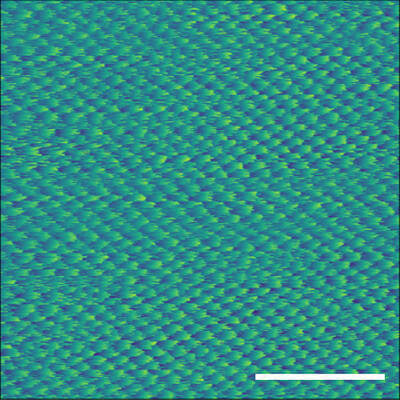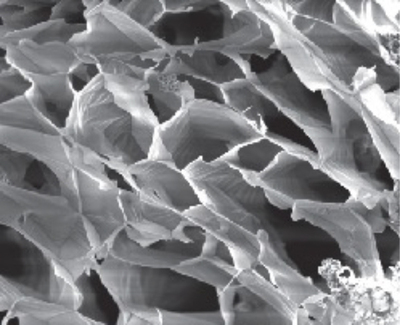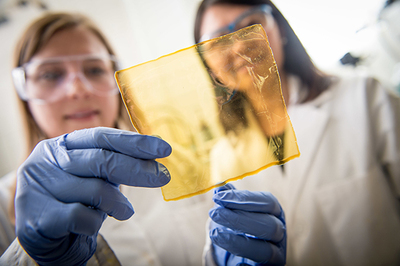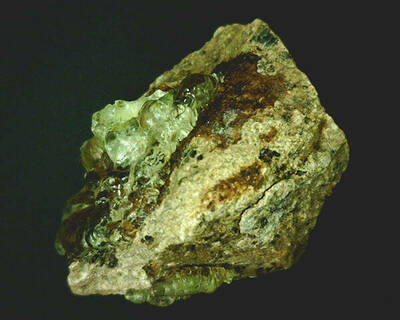Research
The University's materials research efforts are interdisciplinary and involve collaborations across the Colleges of Engineering and Science. Below is an overview of four areas of materials strength at Notre Dame.
Semiconductors and Quantum Matter

Semiconductors are the materials that enable microelectronics and are part of almost every engineered system. They underpin the information age and global security.
Research areas include:
- Si, III-IV, III-N and II-VI semiconductors and devices
- Atomically thin, two-dimensional transistors
- Tunnel transistors and detectors
- Complex oxides and ferroelectrics
- Interconnects and back-end-of-line transistors
- Heterogeneous integration
- Solar cells
Microelectronics at Notre Dame
Future of Semiconductors Workshop
Quantum materials exhibit behaviors and properties that are not explainable by classical physics. Materials research is based on fundamental theory, which leads to synthesis, fabrication, measurements, and applications. The applications of interest are quantum computing and communications, health diagnostics and therapeutics, environmental sensing, and energy conversion.
Research areas include:
- Computational discovery and design
- Metal halide perovskites
- Metamaterials localized and propagating surface polaritons
- Superconductors and vortices
- Topological insulators
- Topological photonics, plasmonics, and excitons
Stavropoulos Center for Complex Quantum Matter
Biomaterials

Notre Dame faculty and students study and model human tissues to understand their processes and function. Additionally, researchers work to understand the interaction of cancer with healthy tissue and the cancer tumor’s microenvironment, to help develop new therapies. Research is on-going to design synthetic materials that can interact and co-exist with human tissue to provide insight into the operation and function of the human body. These synthetic biomaterials could also find use in other emerging fields like bio-inspired robotics and disease monitoring.
Research areas include:
- Biomaterials for stem cell morphogenesis
- Cancer tumor cell mechanics
- Bone mechanobiology
- Nanoparticles for imaging, therapeutics, and sensors
- Design of biomimetic environments
- Tissue engineering
- Supramolecular materials
Polymers and Soft Materials

New methods of computational discovery and design are being developed to guide the development of polymers and soft materials. Polymers are being synthesized and characterized to fully understand their structure – property relationships. Notre Dame researchers design and explore new structures, tuning their morphology and surface chemistry for applications in water purification, gas separation, and energy storage.
Research areas include:
- Computational modeling and design
- Interfacial phenomena and ion transport
- Machine learning materials discovery
- Functional polymers
- Polymer membranes and membrane surface modification
- Polymers with controlled nanostructures
- Soft materials modeling and computation
- Supramolecular materials
Actinides

Actinides are of great importance to national security, medicine, and power generation. Faculty and students at Notre Dame are investigating actinides to better understand these elements in natural and engineered systems, including materials synthesis, characterization, geochemistry, nanoscale control, and environmental transport.
Research areas include:
- Actinide oxide clusters
- Actinide materials in natural and engineering systems
- Diffraction and spectroscopy studies of actinide materials
- Materials synthesis
- Thermochemistry of actinide materials